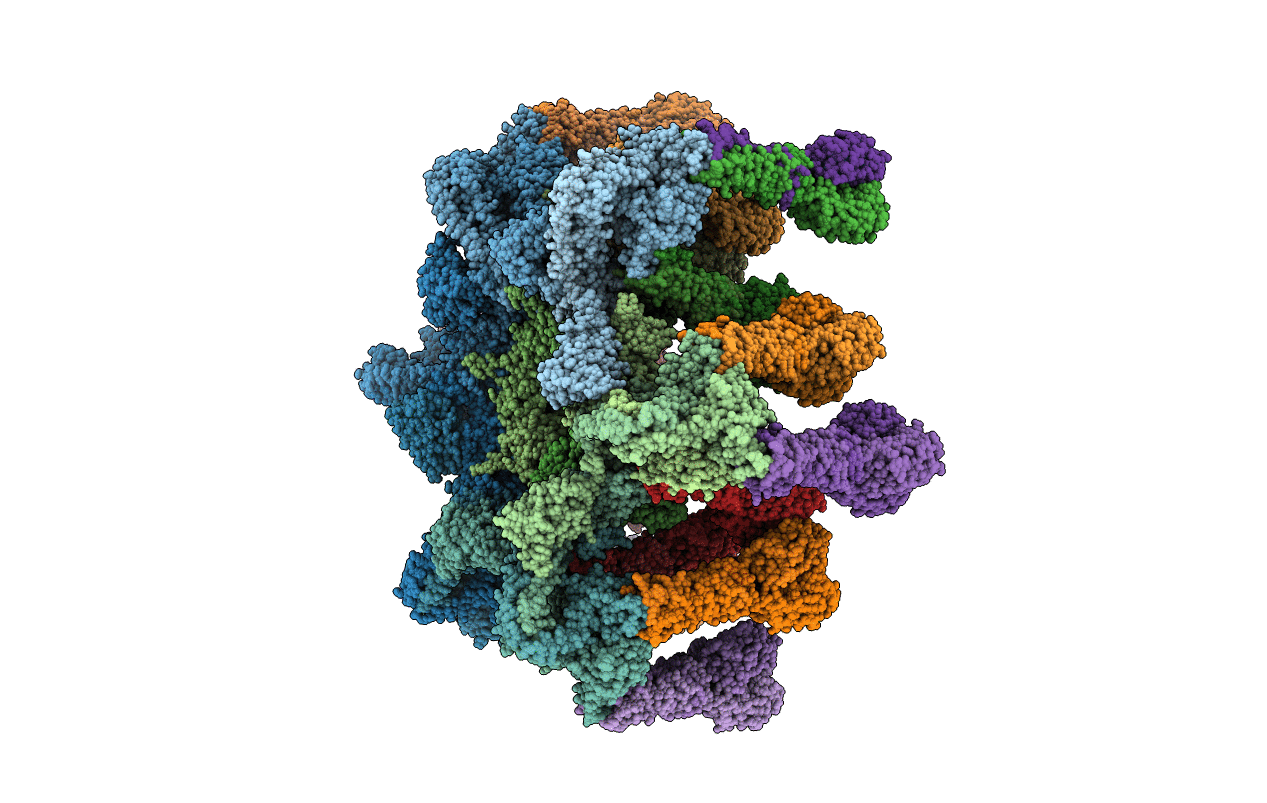
Deposition Date
2012-02-01
Release Date
2014-07-09
Last Version Date
2024-02-28
Entry Detail
PDB ID:
4V96
Keywords:
Title:
The structure of a 1.8 MDa viral genome injection device suggests alternative infection mechanisms
Biological Source:
Source Organism:
Lactococcus phage TP901-1 (Taxon ID: 35345)
Host Organism:
Method Details:
Experimental Method:
Resolution:
3.80 Å
R-Value Free:
0.26
R-Value Work:
0.23
R-Value Observed:
0.23
Space Group:
P 1 21 1


